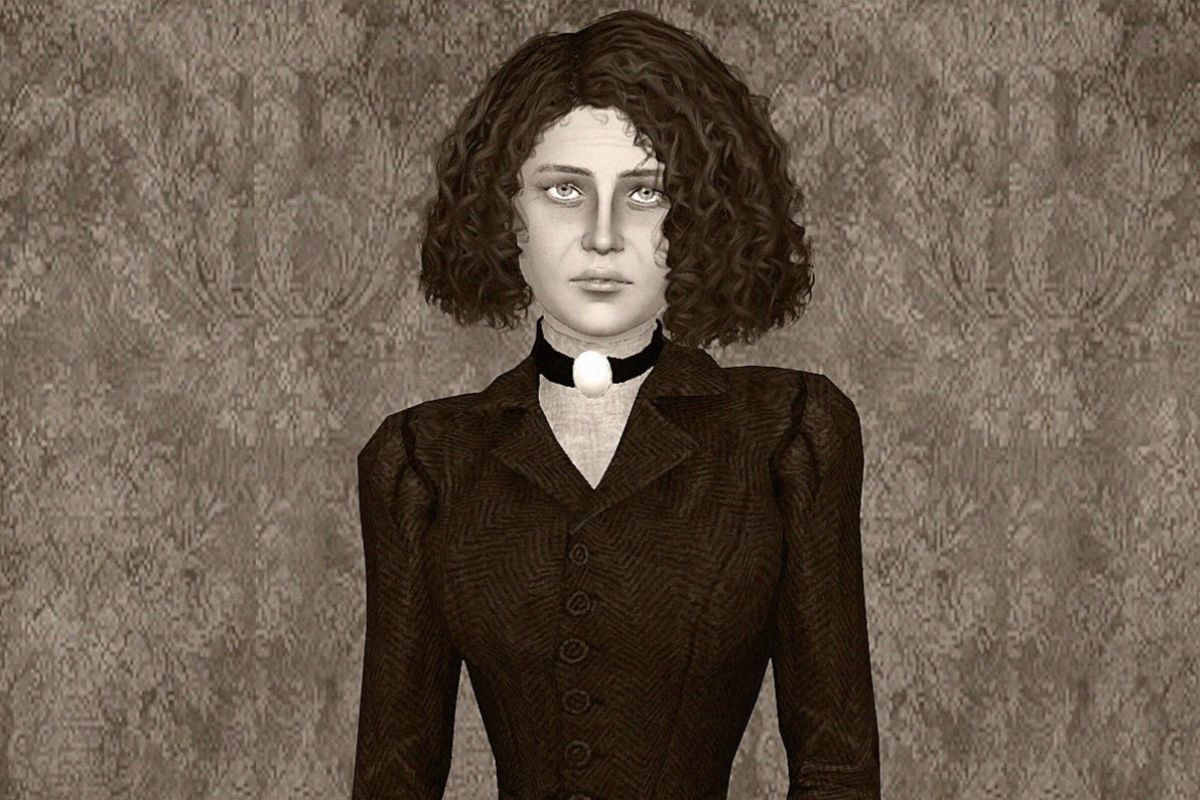
Elizabeth Stride, one of the infamous victims of Jack the Ripper, has a story shrouded in mystery and intrigue. Born in Sweden in 1843, she moved to London in search of a better life. Her life took a tragic turn when she became one of the canonical five victims in 1888. Stride's case stands out because her murder was interrupted, leaving her with fewer injuries than the other victims. This interruption has led to much speculation about the identity and motives of Jack the Ripper. Stride's life and death continue to captivate historians and true crime enthusiasts alike, offering a glimpse into the dark underbelly of Victorian London. Let's delve into 35 fascinating facts about Elizabeth Stride that paint a fuller picture of her life and untimely demise.
Key Takeaways:
- Elizabeth Stride, a victim of Jack the Ripper, faced hardship and tragedy in Victorian London. Her story sheds light on the struggles of women during that time.
- Despite her difficult life, Elizabeth Stride was remembered as a kind and dignified woman who tried to maintain her sense of humor and dignity.
Early Life of Elizabeth Stride
Elizabeth Stride, one of the infamous victims of Jack the Ripper, had a life filled with twists and turns. Her early years set the stage for the tragic events that would later unfold.
- Born on November 27, 1843, in Sweden, Elizabeth Stride's birth name was Elisabeth Gustafsdotter.
- She grew up in a small village called Torslanda, located near Gothenburg.
- Her parents, Gustaf Ericsson and Beata Carlsdotter, were farmers.
- Elizabeth had several siblings, making her part of a large family.
- She was baptized in the Lutheran Church, reflecting the predominant religion in Sweden at the time.
Move to London
Elizabeth's journey took a significant turn when she moved to London. This move marked the beginning of a new chapter in her life.
- Elizabeth moved to London in 1866, seeking better opportunities.
- She initially worked as a domestic servant in the West End.
- In 1869, she married John Thomas Stride, a ship's carpenter.
- The couple opened a coffee shop in Poplar, East London.
- Their marriage was troubled, and they eventually separated in 1881.
Life in Whitechapel
Whitechapel, a district in East London, became Elizabeth's home. Her life there was marked by hardship and struggle.
- After separating from her husband, Elizabeth lived in various lodging houses in Whitechapel.
- She often worked as a cleaner and seamstress to make ends meet.
- Elizabeth was known to have a drinking problem, which added to her difficulties.
- She occasionally resorted to prostitution to survive.
- Despite her struggles, she was described as a kind and gentle woman by those who knew her.
Connection to Jack the Ripper
Elizabeth Stride's tragic fate is forever linked to the notorious Jack the Ripper. Her murder is one of the most well-known in the series of Ripper killings.
- Elizabeth was murdered on September 30, 1888.
- Her body was found in Dutfield's Yard, off Berner Street (now Henriques Street).
- Unlike other Ripper victims, Elizabeth's throat was the only part of her body that was mutilated.
- It is believed that the Ripper was interrupted during the attack, preventing further mutilation.
- Elizabeth's murder occurred on the same night as Catherine Eddowes, another Ripper victim.
Investigation and Aftermath
The investigation into Elizabeth Stride's murder was part of the larger hunt for Jack the Ripper. Her case remains a subject of fascination and speculation.
- The police initially suspected several individuals, but no one was ever charged with her murder.
- Elizabeth's murder was part of what is known as the "Double Event," referring to the two murders on the same night.
- Her death certificate lists the cause of death as "cut throat."
- Elizabeth was buried in a pauper's grave in East London Cemetery, Plaistow.
- Her grave remained unmarked until 1996 when a headstone was erected in her memory.
Legacy and Cultural Impact
Elizabeth Stride's story continues to captivate historians, writers, and the public. Her life and death have left a lasting impact on popular culture.
- Elizabeth is often depicted in books, films, and documentaries about Jack the Ripper.
- Her life has been the subject of various historical studies and biographies.
- The mystery surrounding her murder contributes to the enduring fascination with the Ripper case.
- Elizabeth's story highlights the harsh realities faced by many women in Victorian London.
- Her life and death serve as a reminder of the social issues and inequalities of the time.
Personal Details and Anecdotes
Beyond the facts of her life and death, there are personal details and anecdotes that paint a fuller picture of Elizabeth Stride.
- Elizabeth was known to speak both Swedish and English.
- She had a distinctive scar on her forehead, reportedly from a childhood accident.
- Friends and acquaintances often called her "Long Liz" due to her height.
- Despite her hardships, Elizabeth was known to have a good sense of humor.
- She was remembered by some as a woman who tried to maintain her dignity despite her circumstances.
Final Thoughts on Elizabeth Stride
Elizabeth Stride's life, though tragically cut short, offers a glimpse into the harsh realities of Victorian London. Her story, intertwined with the infamous Jack the Ripper case, continues to captivate historians and true crime enthusiasts alike. Stride's background, from her Swedish roots to her struggles in the East End, paints a vivid picture of a woman trying to survive in a brutal world. Her murder remains one of the most debated aspects of the Ripper's reign of terror. By examining her life and death, we gain a deeper understanding of the social conditions and challenges faced by many during that era. Elizabeth Stride's legacy, though marked by tragedy, serves as a poignant reminder of the human stories behind historical events. Her life, filled with hardship and resilience, continues to resonate, ensuring she is not forgotten.
Frequently Asked Questions
Was this page helpful?
Our commitment to delivering trustworthy and engaging content is at the heart of what we do. Each fact on our site is contributed by real users like you, bringing a wealth of diverse insights and information. To ensure the highest standards of accuracy and reliability, our dedicated editors meticulously review each submission. This process guarantees that the facts we share are not only fascinating but also credible. Trust in our commitment to quality and authenticity as you explore and learn with us.


